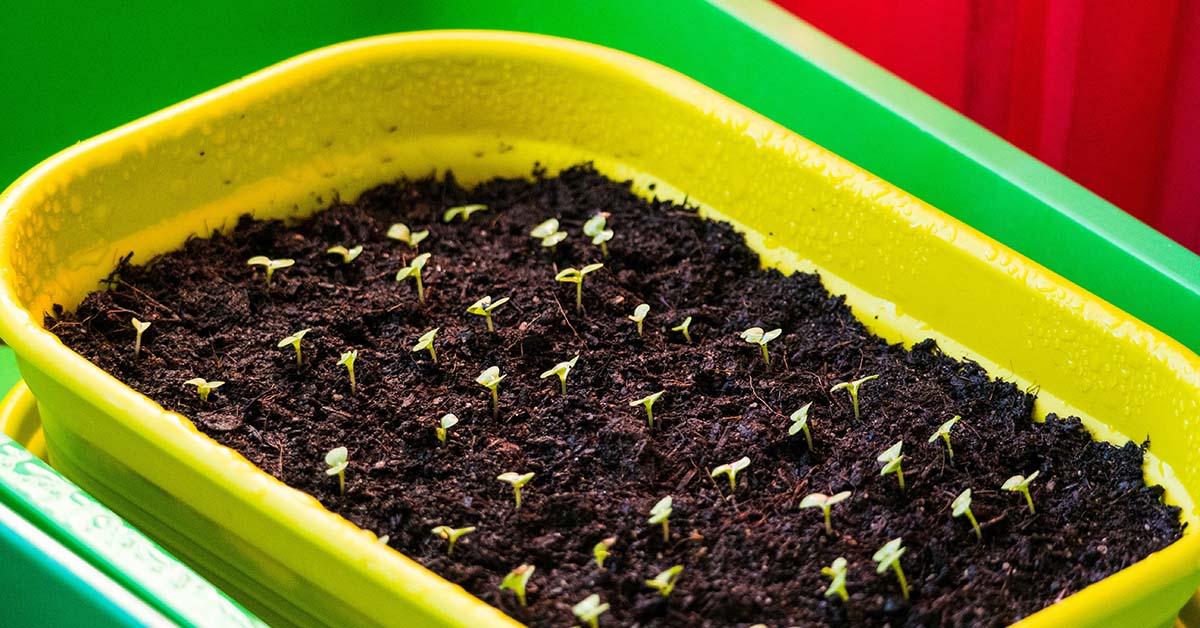Soaking seeds before planting gives them a head start, just like a fresh spring rain would in nature. Water tells seeds it’s time to wake up and start growing. But do all seeds need soaking? Not really—it depends on the type.
| Disclosure: This post may contain affiliate links and advertisements. We may earn a small commission or advertising fee at no extra cost to you. Learn more in our full disclaimer. |
Here’s a complete guide to help you soak seeds the right way and know which ones benefit most.
Why Soak Seeds Before Planting
Seeds come with a built-in shell that protects the tiny plant inside. Some of these shells are thick and strong. Nature made them that way to survive dry weather, animals, or rough ground. But when you’re planting seeds at home, those thick coats can slow down sprouting.
Soaking softens the seed coat and helps water reach the embryo inside. This makes it easier for the seed to crack open and begin growing. Instead of wasting energy breaking out, the seed uses its power to grow roots and shoots.
If you live in a place with a short growing season, soaking can help your plants grow faster and give you more time to enjoy them.
Which Seeds to Soak
Seeds with hard shells are perfect for soaking. These include many common vegetables and flowers.
Vegetables that like soaking:
- peas
- squash
- beets
- peppers
- beans
- cucumbers
- pumpkin
- corn
- chard
Tip: Very tough seeds, like beans, can be lightly scratched with sandpaper or a knife before soaking. This lets the water in faster—a trick called scarifying.
Flowers that like soaking:
- nasturtium
- sweet pea
- lupine
- sunflower
Which Seeds Don’t Need Soaking
Tiny seeds or those with thin coats don’t need a soak. They sprout easily without it.
Vegetables that don’t need soaking:
- tomatoes
- basil
- lettuce
- cabbage
- kale
- carrots
- chives
- watermelon
- radishes
Flowers that don’t need soaking:
- black-eyed Susan
- zinnia
- bachelor’s buttons
- foxglove
Soaking small seeds won’t hurt them, but it won’t help much either. In fact, wet tiny seeds can stick together, making them hard to plant.
How to Soak Seeds: Step-by-Step
Here’s how to soak seeds the right way:
1. Preparation
- Choose the seeds you want to soak.
- Put them in a shallow bowl or dish. You can order shallow bowl from Amazon easily.
- Add warm water, covering them with a few inches of water.
- Set the bowl somewhere warm, out of direct sunlight.
2. Soaking Time
- Small or thin-coated seeds: Soak for 6 to 16 hours.
- Large or thick-coated seeds: Soak for 16 to 24 hours.
- Don’t soak seeds for more than 24 hours—too much water can make them rot.
3. After Soaking
- Remove and throw out any seeds floating at the top—they may be old or not healthy.
- Drain the water using a fine mesh strainer or coffee filter. If you don’t have a Coffee filter, order one now from Amazon.
- Spread the seeds on a paper towel to remove extra water.
- Plant the seeds right away. They’ve already started to grow and need warm, moist soil to keep going strong.


